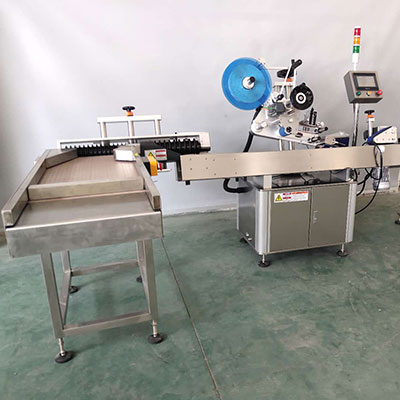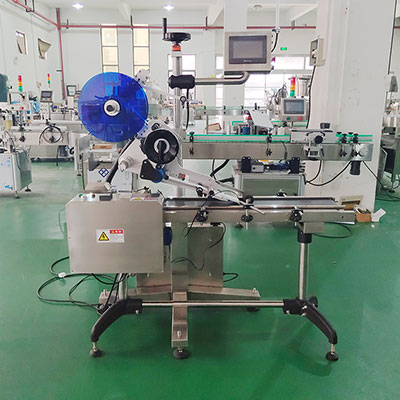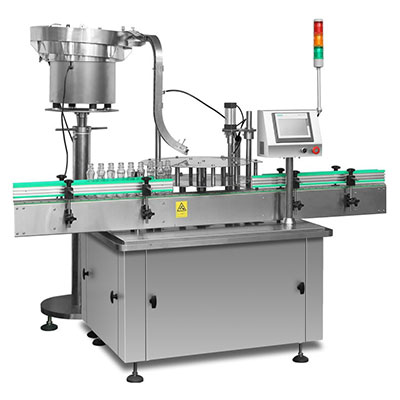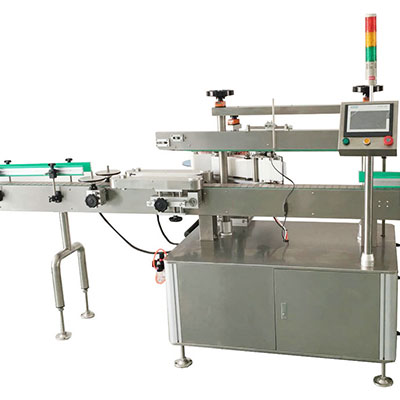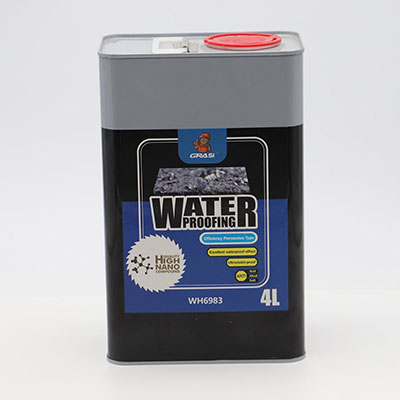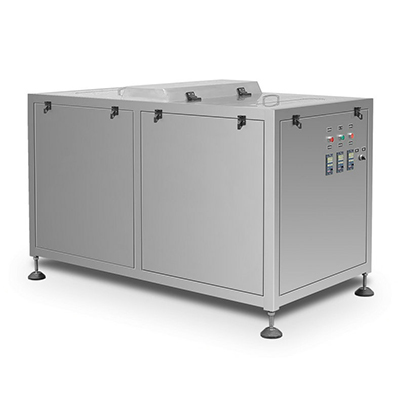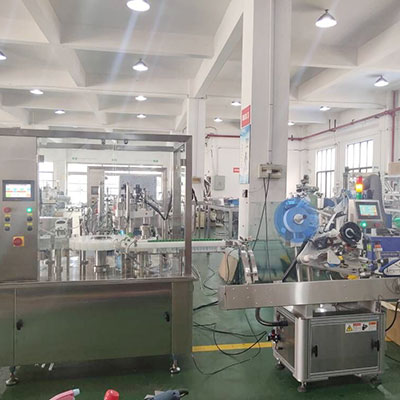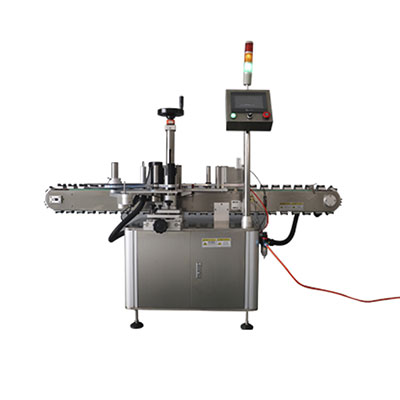BiTAC Electrolyzer
Brief Introduction on BiTAC
The BiTAC electrolyzer is a bi-polar type ion-exchange membrane electrolyzer, and it is developed on the basis of two products, bi-polar type ion-exchange membrane electrolyzer (TMB) of Tosoh and mono-polar type ion-exchange membrane electrolyzer (CME) of Chlorine Engineers, well combining the advantages of these two products.
Though its appearance is similar to that of the De Nora’s multi-polar electrolyzer, BiTAC has a redesigned internal structure. The pressed Ti pan for anode and the pressed Ni pan for cathode are connected together with the help of a special welding technology, forming the diaphragm. Thus, the risk of leakage during running is greatly cut down. Meanwhile, the electric current flows from cathode to anode through the diaphragm. In order to shorten the electric current route through Ti and to guarantee the release of chlorine gas, the diaphragm is made into a wave shape with enough capacity. Owing to this kind of structure, BiTAC is able to work with a much lower power consumption. Moreover, it also features high current density, low leakage rate, uniform distribution of electrolyte, etc.
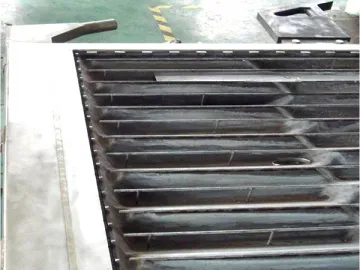
Our Service
Our professional maintenance team is well experienced in handling BiTAC electrolyzer, and we have carried out zero gap modification for many times. After processed by us, the cell voltage will be reduced by 150mV at least under the same working condition.
Aside from this, we can also provide high quality spare parts to suit your needs, including inlet and outlet flexible hoses, cell gaskets for various models of ion-exchange membrane electrolyzer, etc.
Maintenance Flow Chart
BiTAC Zero Gap Modification Case
The BiTAC electrolyzer with 68 cells per set has a cell voltage of 3.36V (15.5kA, 32%NaOH, 88℃). After the zero gap modification with Dupont 2030 membrane, the parameter drops to 3.0V (15.5kA, 32%NaOH, 86℃).
Related Names
Electrochemical Cell Modification | Chemical Reaction Device | Hydrogen Generater
Links:https://www.globefindpro.com/products/85962.html
-
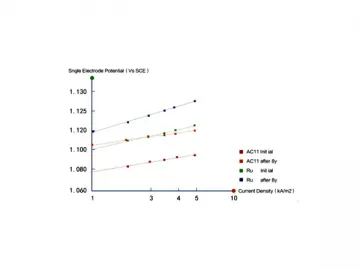 Ion-exchange Membrane Electrolyzer Anode Coating
Ion-exchange Membrane Electrolyzer Anode Coating
-
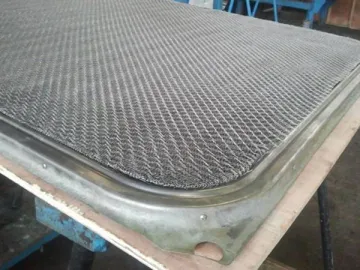 MGC Electrolyzer
MGC Electrolyzer
-
 Man Diesel Generator Set
Man Diesel Generator Set
-
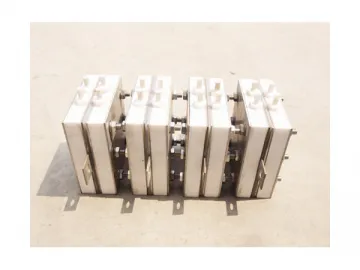 Other Industrial Electrode
Other Industrial Electrode
-
 Organic Electrolytic Synthesis Anode
Organic Electrolytic Synthesis Anode
-
 Other Electrolyzer Refurbishment and Spare Part
Other Electrolyzer Refurbishment and Spare Part
-
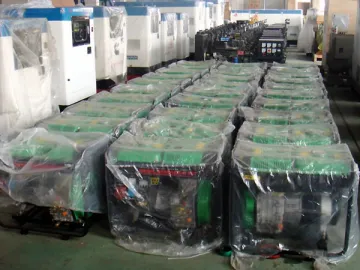 Low Power Diesel Generator Set
Low Power Diesel Generator Set
-
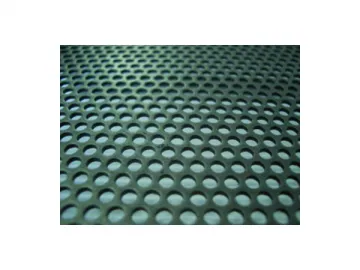 Activated Cathode Chamber
Activated Cathode Chamber
-
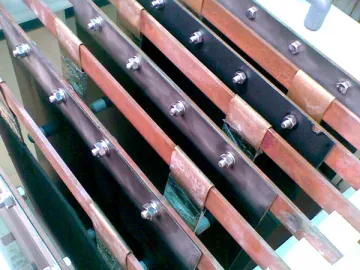 Anode for Etching/Corrosive Liquid Copper Recovery
Anode for Etching/Corrosive Liquid Copper Recovery
-
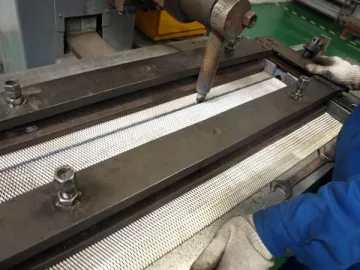 Expandable Anode
Expandable Anode
-
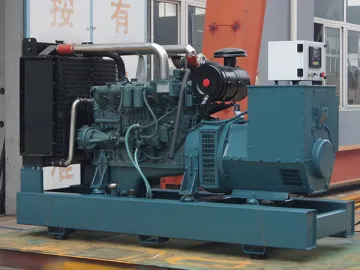 Daewoo Diesel Generator Set
Daewoo Diesel Generator Set
-
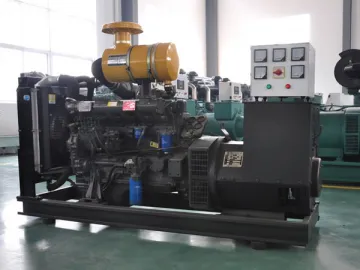 Weichai Diesel Generator Set
Weichai Diesel Generator Set
